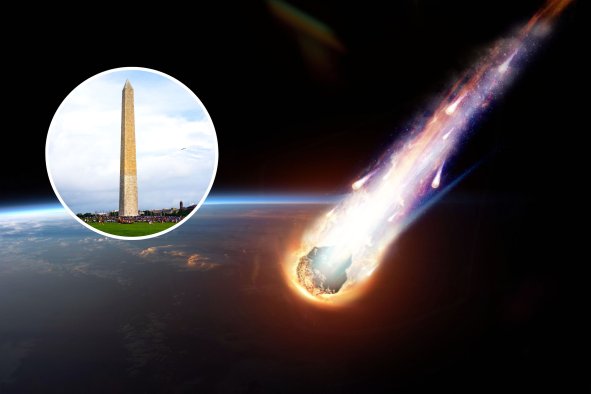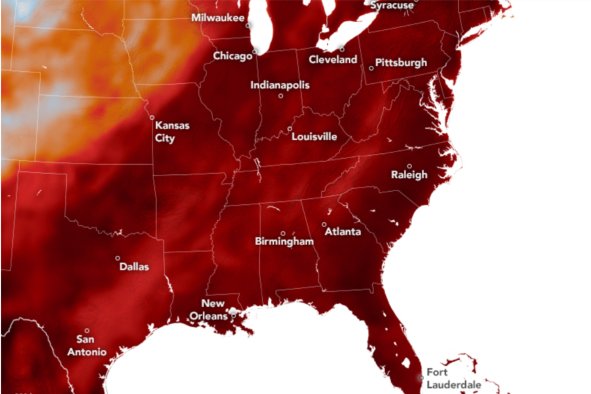Some neutron stars may contain a "special type of matter," according to a new NASA study.
These observations from NASA's Chandra X-ray Observatory indicate that the interiors of neutron stars might contain a unique form of ultradense matter not found elsewhere in the cosmos.
Neutron stars are the remnants left after massive stars collapse in supernova explosions. They are extremely dense; a teaspoon of neutron star material would weigh about a trillion pounds. For years, scientists have sought to understand these objects' internal conditions, including pressures and temperatures, collectively known as the neutron star's "equation of state."
Recent data from Chandra and ESA's XMM-Newton Observatory examining a sample of 70 young neutron stars showed how their surfaces cool over time, offering valuable information about the matter inside.
"Three of these neutron stars are significantly cooler than others of similar age. This was a major hint that something unusual might be occurring inside these stars that we need to understand," Alessio Marino of the Institute of Space Sciences (ICE) in Barcelona Spain, a co-author of the paper in the journal Nature Astronomy, said in a statement.
The research team hypothesizes that the rapid cooling observed in some neutron stars is due to their greater mass. Co-author Clara Dehman, also from ICE, explained, "More massive neutron stars have more particles, which might trigger special processes causing them to cool more rapidly."
One possible explanation for the rapid cooling is radioactive decay near the star's center, where neutrinos—lightweight particles that travel effortlessly through matter—carry away energy and heat, leading to swift cooling.
Another hypothesis suggests the presence of individual quarks within neutron stars. Under the extreme conditions at the core of these stars, quarks might exist freely. Additionally, mesons—particles made up of a quark and an antiquark—might remain stable within the intense environment of a neutron star.
"We cannot yet conclusively determine what is inside these neutron stars, but the latest data suggest that some form of exotic matter is likely needed," Nanda Rea of ICE said.
Understanding these structures and properties is crucial for other astrophysical fields, such as interpreting gravitational waves generated when neutron stars merge.
The three exceptionally cool neutron stars identified are PSR J0205+6449, PSR B2334+61, and CXOU J0852−4617, located within the supernova remnants 3C 58, SNR G114.3+0.3, and SNR Vela Jr., respectively.
The research highlights the importance of continuous observation and the application of advanced technologies, such as machine learning, in unveiling the secrets of the universe's most mysterious objects.
Do you have a tip on a science story that Newsweek should be covering? Do you have a question about neutron stars? Let us know via science@newsweek.com.
Disclaimer: The copyright of this article belongs to the original author. Reposting this article is solely for the purpose of information dissemination and does not constitute any investment advice. If there is any infringement, please contact us immediately. We will make corrections or deletions as necessary. Thank you.



